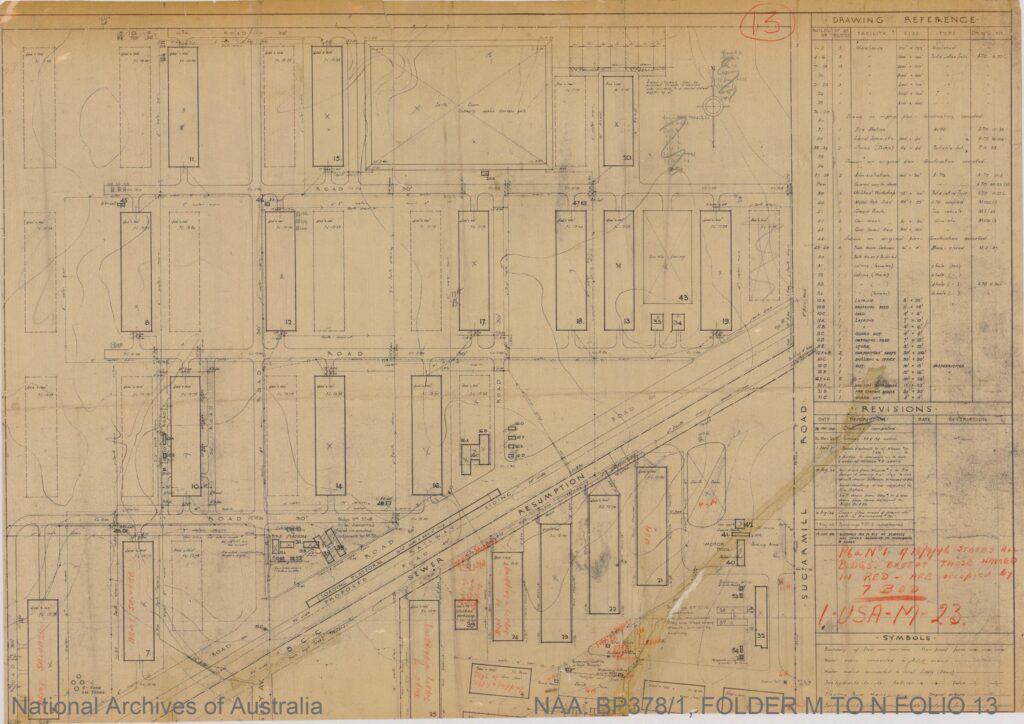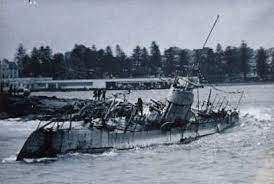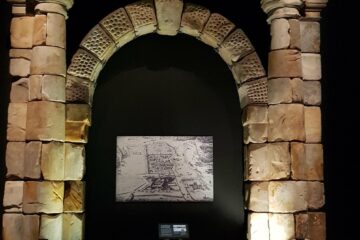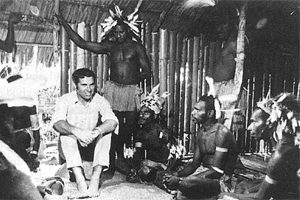Camp Meeandah and the United States Army S.O.S. Depot
Located in the Pinkenba riverside area on Brisbane’s north-eastern fringe, Camp Meeandah was established in 1943 as part of the United States Army’s Service of Supply (USASOS) operations under Base Section 3, the logistical arm of General MacArthur’s Southwest Pacific Area (SWPA) command. It formed a key component of the US Army General Depot system in Queensland.
Construction began in June 1943 and was completed by January 1944. The site featured 19 warehouses with over 1.1 million square feet of covered storage, extensive internal roads, drainage systems, and a dedicated rail siding with a specially constructed platform. It was designed to handle everything from food and clothing to engineering supplies, and it also processed materials under the Lend-Lease programme. Meeandah worked in tandem with other supply depots in the Brisbane area, including those at Banyo and Brett’s Wharf, ensuring a continuous flow of materiel to forward areas in New Guinea and beyond.
Dutch logistical presence at Camp Meeandah
Amid the sprawling American depot complex at Meeandah were two small buildings identified on wartime maps as items 33 and 34 (just under unit 43). These were designated as Dutch warehouses, used by the Netherlands East Indies forces in exile. These structures, described as small storage facilities, held supplies intended for Dutch military personnel stationed elsewhere in Queensland, including Camp Columbia at Wacol.
Although modest in scale, these warehouses are a clear indication of how integrated the Dutch were within Allied supply and logistics planning in Brisbane. Their presence within a US-run facility suggests close cooperation between the NEI government-in-exile and the S.O.S. command, with the Dutch relying on American infrastructure while retaining logistical autonomy over certain supplies.
The buildings no longer exist, but they are clearly marked on the wartime site plan of Camp Meeandah below. Their inclusion offers a small but telling insight into the layered complexity of Brisbane’s Allied military footprint.
Post-war transition
Following the departure of US forces in 1945, Camp Meeandah briefly hosted British Royal Navy units, notably the personnel of Mobile Naval Air Base VII (MONAB VII). These units arrived in late July 1945 and were stationed at Meeandah during the transitional period at the end of the war, further extending the site’s multinational military legacy.




From the Dutch perspective, after the war, Meeandah and the Pinkenbah wharves more in general were used by the Dutch to supply food, medicine and other daily necessities to Netherlands East Indies. Soon thereafter as it became clear that the colony wanted to be a free Indonesia, military equipment also needed to be shipped to NEI as the Dutch refused to grant this independence, In the end it was of course a loss cause and the Netherlands formerly accepted independence in 1949.


